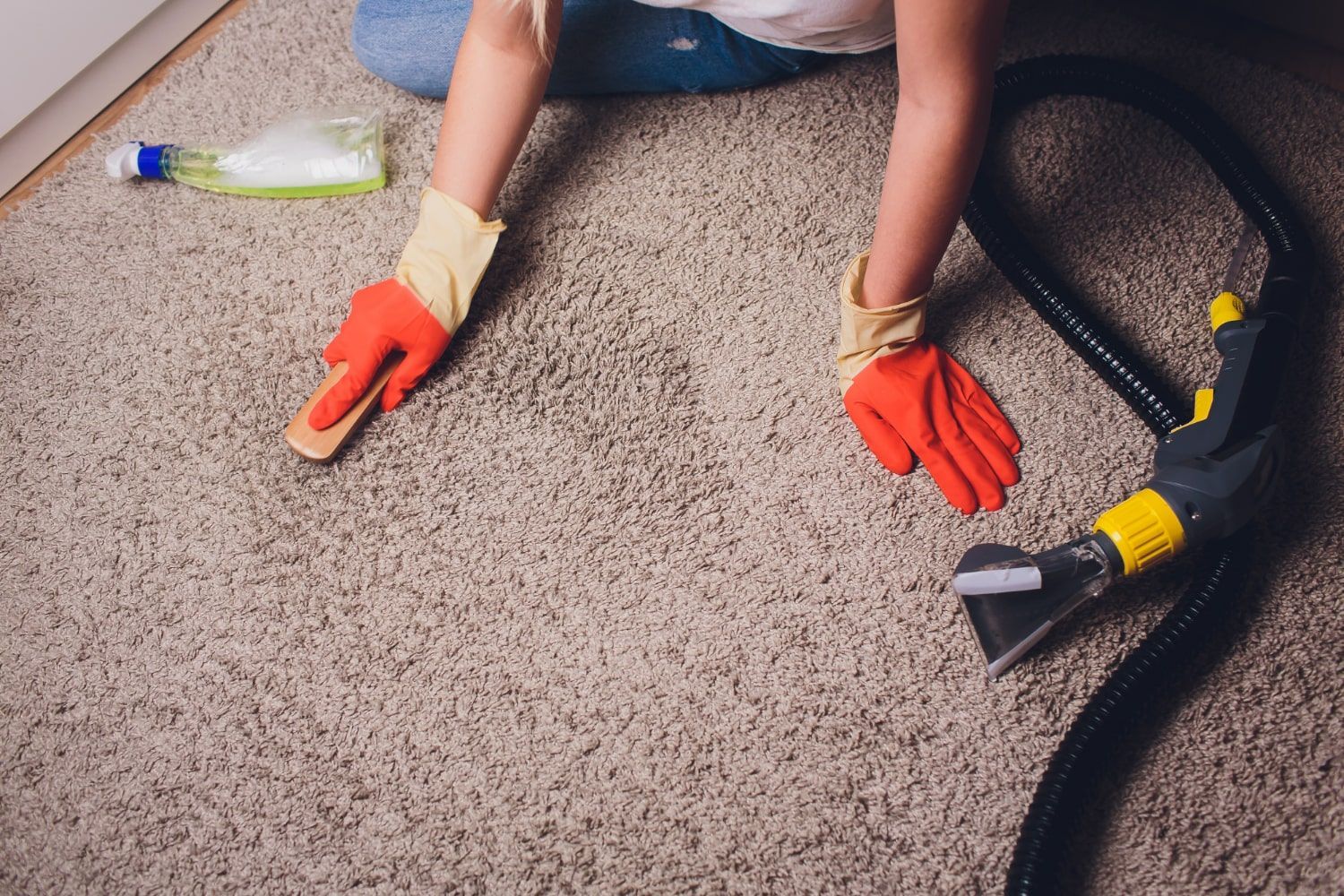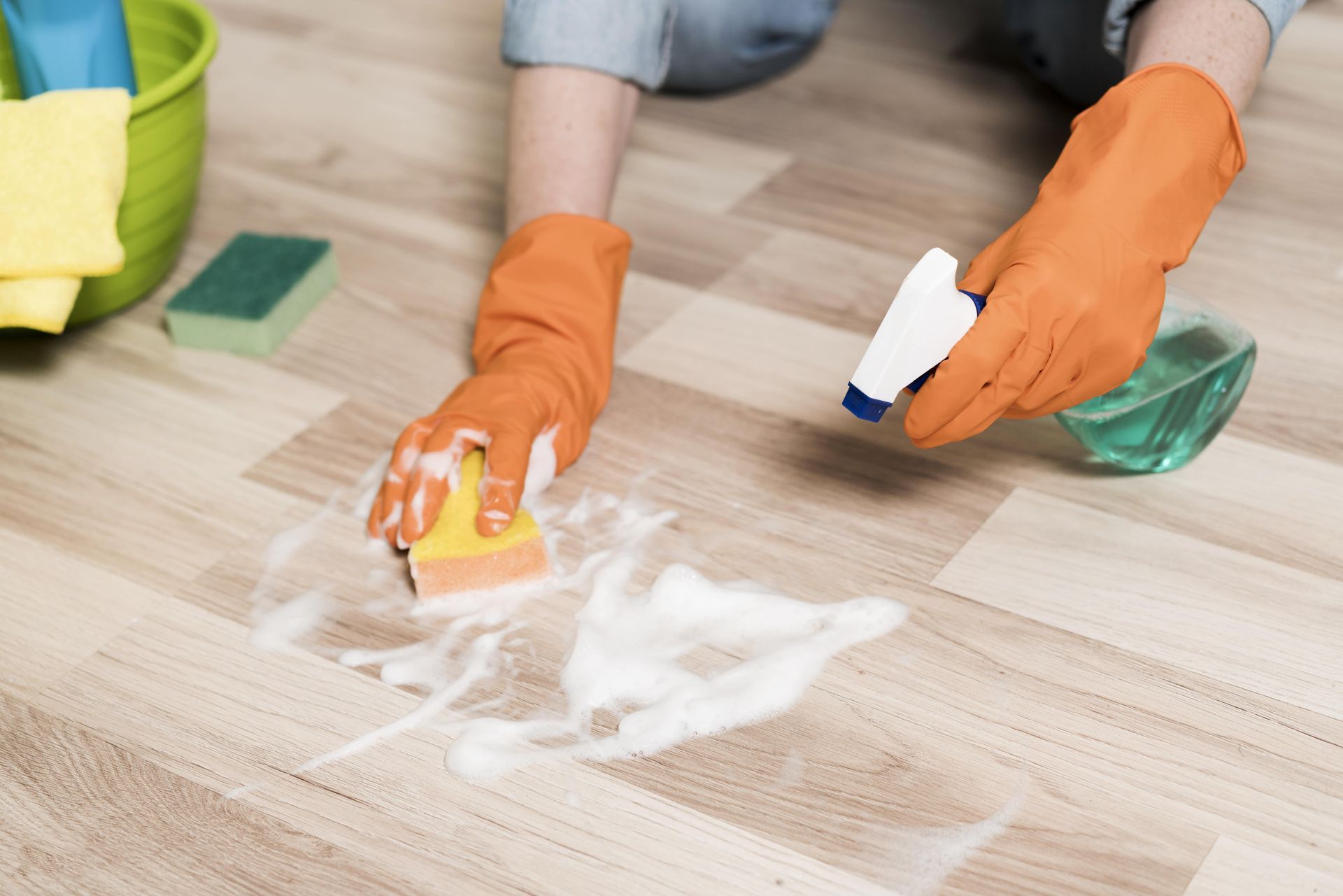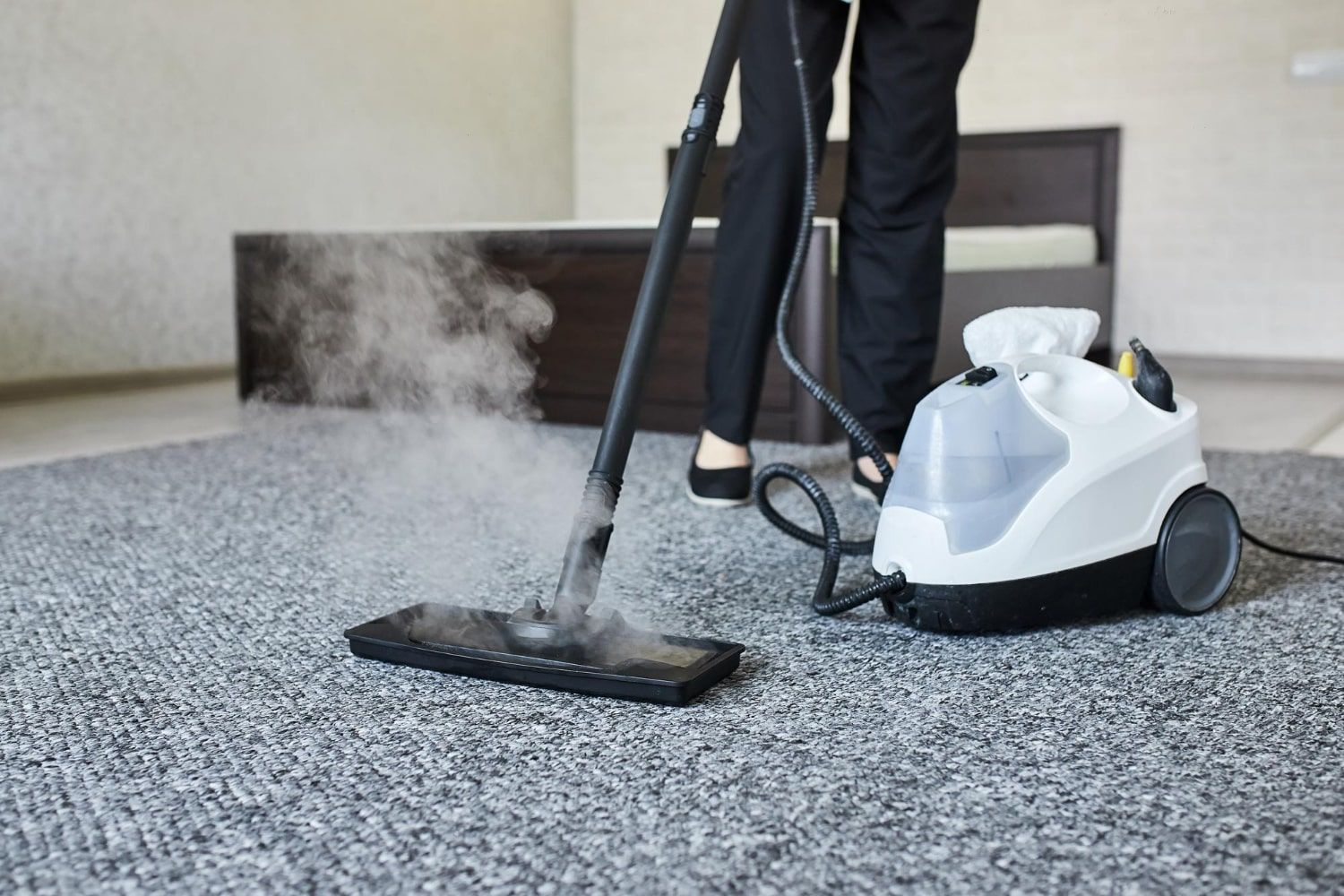Water Extraction: Understanding the Process and Its Benefits
Water damage is a common problem that can occur in homes or businesses. It can be caused by natural disasters such as floods, storms, or heavy rains, as well as by man-made factors such as burst pipes, leaking roofs, or malfunctioning appliances. Whatever the cause, it's essential to address water damage as soon as possible to prevent further damage and potential health risks. In this blog post, we will discuss the water extraction process and why it's crucial in restoring your property after water damage.
What is Water Extraction?
Water extraction is the process of removing water from a property using specialized equipment and techniques. The goal of water extraction is to remove as much water as possible to prevent further damage and allow for the drying process to begin. If water is not extracted promptly, it can lead to mold growth, structural damage, and health hazards.
The Water Extraction Process
The water extraction process typically involves the following steps:
Step 1: Assessment
The first step in water extraction is to assess the extent of the damage. This includes identifying the source of the water, the type of water (clean, gray, or black), and the affected areas of the property. This information helps professionals determine the best approach for water extraction and restoration.
Step 2: Water Removal
Once the assessment is complete, the water extraction process begins. The first step is to remove any standing water using pumps and specialized equipment. Depending on the amount of water, it may take several hours or even days to remove all the water from the property.
Step 3: Drying
After the water has been removed, the next step is to begin the drying process. This involves using industrial-grade dehumidifiers, fans, and other equipment to remove any remaining moisture from the air and surfaces. The drying process typically takes several days and must be done thoroughly to prevent mold growth and other issues.
Step 4: Restoration
Once the property is completely dry, the restoration process can begin. This involves repairing any structural damage, replacing damaged materials, and restoring the property to its pre-damage condition. The restoration process can take several weeks or even months, depending on the extent of the damage.
Benefits of Water Extraction and How It Can Help Mitigate the Effects of Water Damage.
Prevents Further Damage
One of the most significant benefits of water extraction is that it can prevent further damage to your property. Water can seep into walls, floors, and other surfaces, causing structural damage that can be costly to repair. Additionally, standing water can cause mold growth, which can be dangerous to your health.
By extracting water as soon as possible, you can minimize the damage and
prevent mold growth. This can save you a significant amount of money on repairs and replacement costs down the line.
Protects Your Health
Water damage can pose a serious threat to your health. Standing water can be a breeding ground for bacteria, viruses, and other microorganisms that can cause illness. Additionally, water damage can release harmful chemicals and toxins into the air, which can be dangerous to breathe.
By extracting water promptly, you can minimize the health risks associated with water damage. This is especially important if you have young children, elderly individuals, or anyone with a weakened immune system living in your home.
Preserves Your Property
Water damage can cause significant damage to your property. It can weaken the structure of your home, damage furniture and other belongings, and lead to extensive repairs and replacement costs. By extracting water as soon as possible, you can minimize the damage and preserve your property.
This can save you a significant amount of money on repairs and replacement costs. It can also help you avoid the hassle and inconvenience of having to move out of your home while repairs are being made.
Reduces the Risk of Secondary Damage
Secondary damage is damage that occurs as a result of the initial water damage. For example, if water is left to sit for too long, it can lead to mold growth. This can cause additional damage to your property and can be dangerous to your health.
By extracting water as soon as possible, you can minimize the risk of secondary damage. This can help you avoid additional costs and can make the restoration process faster and more effective.
Speeds Up the Restoration Process
Water extraction is an essential step in the restoration process. By removing water as soon as possible, you can speed up the restoration process and get your home or business back to its pre-damage condition.
This is important if you need to get back to work or want to resume your daily activities as soon as possible. It can also help you avoid the stress and inconvenience of having to deal with ongoing repairs and restoration work.
Improves Indoor Air Quality
Water damage can lead to poor indoor air quality, which can be harmful to your health. By extracting water and drying out your property, you can improve indoor air quality and ensure that your home or business is safe to occupy.
This is especially important if you have allergies, asthma, or other respiratory conditions.
Poor indoor air quality can exacerbate these conditions and make it difficult to breathe.
When to Call a Professional
While it may be tempting to try to handle water damage yourself, it's essential to call a professional. Water damage can be difficult to assess and address, and attempting to handle it yourself can lead to further damage and health hazards.
Additionally, professionals have the equipment and expertise necessary to handle water damage safely and effectively. They can assess the damage, extract water, and restore your property to its pre-damage condition.
Conclusion
If you're experiencing water damage in your home or business, don't hesitate to call a professional water extraction company. The benefits of water extraction are numerous, and the process can help mitigate the effects of water damage on your property and your health.
At the end of the day, the safety and well-being of you and your loved ones should be the top priority. By calling a professional water extraction company, you can ensure that your property is in good hands and that the restoration process will be handled quickly and efficiently.
So, if you're in need of water extraction services, don't wait. Call a professional today and take the first step in restoring your property to its pre-damage condition.



